Consumer loyalty and Gen Z at work
Editor’s note: Radi Hindawi is principal, strategic services, and Jim Katzman is principal, CX strategy and enablement, at market research firm InMoment. Hindawi is based in Canada and Katzman is based in Virginia.
In Part 2 of this two-part series covering customer and employee experience trends, we will explore new loyalty indicators and drivers, and how Gen Z will revolutionize the workplace. You can check out the first two customer and employee experience trends published in Part 1 here.
New loyalty indicators and drivers.
Loyalty is no longer linear
The customer journey is more complex than ever before (and that’s an understatement). Gone are the days when customers view their experience in the silo of an industry. The modern experience stakeholder is comparing their experience across industries, and that is impacting their loyalty to individual brands.
Today’s brands truly need to collect data from everywhere to understand the journeys their experience stakeholders are having with other brands so that they can identify opportunities to provide differentiated experiences that increase loyalty.
For example, look at this loyalty profile (Figure 1) that we assembled for a specific customer segment utilizing market pulse, indirect and inferred transactional data.
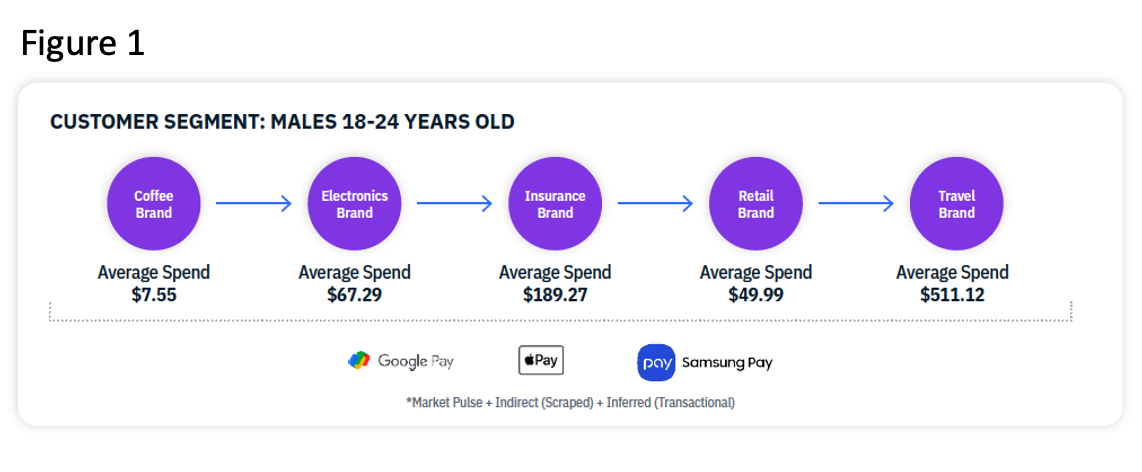
From this profile, we can tell which brands this consumer is loyal to. If you are a competitor coffee brand trying to woo this segment, you can look at the other experiences this consumer favors to identify what drives their loyalty.
We then took this concept and applied it to employees, and how they may be lured away from their current role. Here’s what we found:

This data tells us that from an employee perspective, these cross-industry impressions will also have an impact. For instance, a food service employee might not necessarily stay there if they perceive the grass is greener in retail.
How can each industry improve?
In our research, we asked consumers to share the experience elements that most impact their loyalty in each industry, and employees what they needed from their employer to be successful.
We found that each industry has a specific action it should take to provide better experiences for its customers and employees. Figures 3 and 4 share what experience stakeholders expect in exchange for their loyalty.
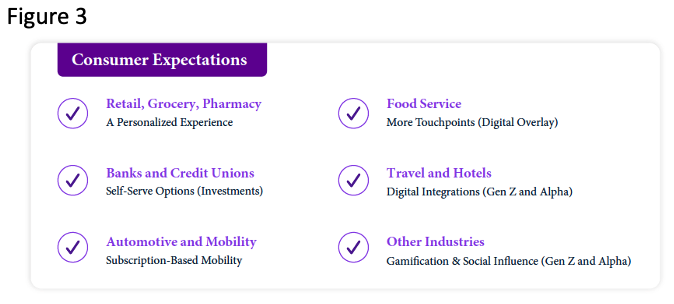
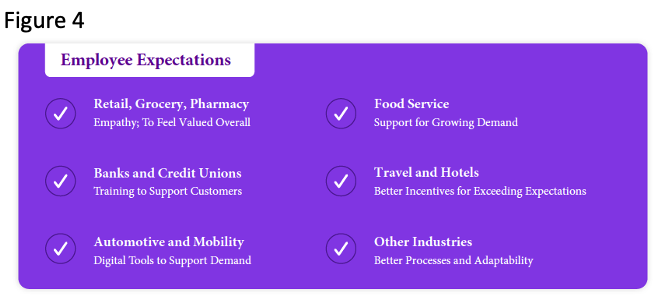
The role of loyalty in investment
The influence of brand loyalty is expanding into the financial investment space. According to our data, the choice to invest (and in which brands) is getting more personal. In fact, a clear driver for investors in 2022 is the existing relationship they have with a particular brand.
We asked customers and employees, “When choosing a brand to add to your investment portfolio, what influences your decision?”

On the customer side, likelihood to invest with a brand the customer has a positive relationship with is secondary only to likelihood to invest in brands with the highest earning potential. On the employee side, the same can be said of the brand the employee is working for.
This demonstrates that the impact of loyalty and strong brand relationships extends even into investing decisions.
How you can adapt and succeed
The definition and drivers of brand loyalty are changing, but what does that mean for your strategy and day-to-day operations? Here are the action steps our experts advise:
1. Don’t limit yourself. Don’t stay stuck in an industry silo! If you confine yourself to what your direct competitors are doing, then you are missing the boat. In the eyes of your customers and employees, your competitors aren’t only those in your industry. A barista could be comparing their employee experience to that of a regional bank employee and so on. Broadening your inspiration to cross-industry trends will not only help you keep up but will make you an innovator in the eyes of experience stakeholders.
2. Offer new incentives. Loyalty will show itself in different ways in 2022, so that means you need to encourage loyalty in different ways as well. If you do not currently have a customer loyalty program, consider starting one up to reward customer advocates. Your CX program can be especially helpful in this area, as it will help you to identify the perks customers most appreciate. On the employee side of things, you can encourage engagement in multiple ways, and perhaps give employees the opportunity to invest, as this seems to be of interest to them.
Gen Z will revolutionize the workforce.
A portrait of the Gen Z employee
As we collected data from employees, we homed in on the emerging workforce: Gen Z. And for good reason! These up-and-comers are looking for something very specific in their workplace.
We can pinpoint three areas where Gen Zers differ from Millennials:
- Culture. “[I] am likely to choose a [company] that allows me to express myself […] and [get] creative with mentorship and support.”
- Diversity. “I’m looking for [a company] that brings in diverse [experiences and] talents that can challenge one another.”
- Connectivity. “I believe that success [means] bringing everyone together [...] we all [want] to be part of the equation [not just our executives].”
Next, we looked at each industry through the lenses of culture, diversity and connectivity to see how each is performing according to our employee feedback data.
How industries measure up to Gen Z ideals
Figure 6 shows the industries excelling at bringing culture, diversity and connectivity to the table, and those that have an opportunity to further attract Gen Z to open positions.

Optimizing talent acquisition for Gen Z
Now that we know more about what matters to Gen Z (culture, connectivity, diversity and empathy), how should that affect acquisition efforts across industries?
If you are trying to recruit Gen Z to your workforce, we’ve got you covered. We used a combination of our Market Pulse data, as well as indirect and inferred transactional data, to put together pros and cons profiles for each industry.
Figure 7 details what to focus on (and what to avoid) when attempting to recruit Gen Z employees.
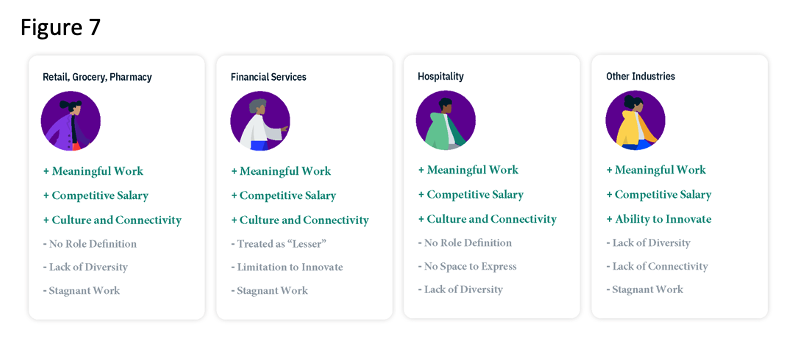
Aggression in the workplace: Consumers and employees weigh in
There appears to be an increase in stories depicting what we can call “customer bad behavior,” in which a customer acts aggressively in a place of business.
We asked experience stakeholders how they would react if they witnessed such a conflict, and responses from both consumers and employees about who was “at fault” were intriguing, especially when it came to Gen Z consumers and employees.
We asked, “What would you think if you witnessed a customer acting aggressively toward an employee at a place of business?”

From the unstructured feedback we collected, it’s clear that Gen Z stakeholders would have a more active response to the situation than their Baby Boomer, Gen X or Gen Y counterparts. In fact, one Gen Z respondent even said they would “interject” while others would observe and look poorly on the situation, but not step in to defend the employee.
We then introduced a second scenario, in which the employee starts to respond aggressively to that customer (Figure 9).
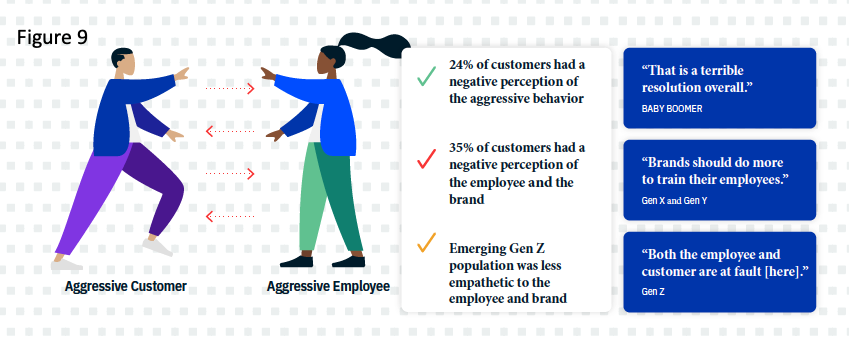
Here, Gen Z respondents were much more aligned with the other generations, who all seemed to agree that both parties were at fault. In fact, when the employee responds aggressively, 29% more respondents place blame on the employee and the brand they represent – a startling difference from the previous scenario. It’s clear here that brands have a lot to gain from training their employees to handle difficult situations with customers.
How you can adapt and succeed
It’s clear that Gen Z is going to revolutionize the workforce. They aren’t merely looking for a position; they’re looking for purpose. Here is what your organization can do to attract these new employees to your roles:
1. Automate where possible. One dealbreaker for Gen Zers when it comes to employment is “stagnant” jobs. This emerging workforce simply cannot stand to feel as if they are doing the same thing over and over with no apparent impact on the world around them. The good news for employers is that monotonous tasks can often be automated with the latest artificial intelligence. The more you leverage automation, the more you’ll be able to hold space for your Gen Z employees to indulge in their creativity and desire to create impact.
2. Put culture building blocks in place. It is not too soon to plant the seeds for deliberate diversity efforts and further encourage a sense of sharing and connectivity in your workplace. These characteristics are, frankly, table stakes for Gen Z employees, so you must start now (if you haven’t already) if you want to attract young talent. Simply saying the words will not be enough. Companies need to demonstrate tangible effort and success.
3. Be honest about success and opportunities. Just as you want to amplify your team’s success, you also want to be transparent about the areas where your teams can improve. Gen Z has a strong desire for personal growth, but they also want to be a part of a company that is growing – and not only in the business sense but in the cultural sense as well.
An opportunity to embrace innovation
We started this report off by talking about the need to break from the status quo. And 2022 offers experience programs the opportunity to do just that. There may never be a better time for us to rethink our strategies, forget the obstacles of yesterday and embrace innovative methods.
The only question is, are you willing to seize the moment?
Methodology:
InMoment collected data from both consumers and employees of brands within North America across 11 different industries, using surveys and indirect and inferred feedback.
